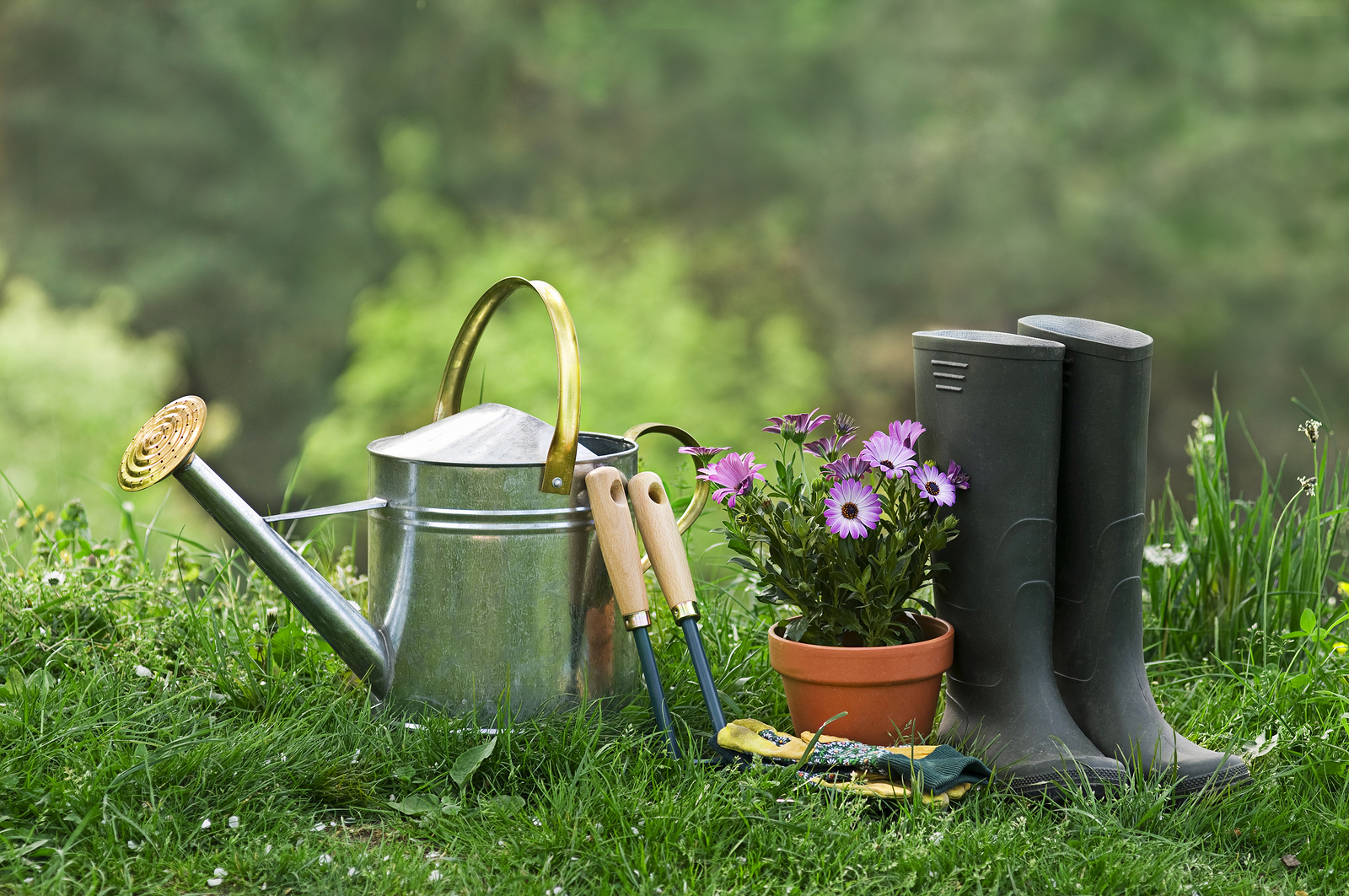Think summer blooming plants are high maintenance? Think again; many plants offer up copious and colorful blooms, asking for little in return.
We’ve consulted with the experts to find easy-care plants with dependable summer bloom periods to share with you.
Happy planting!
Blanket Flower
The blanket flower (Gaillardia x grandiflora), a prolific bloomer, is related to the sunflower.
And, if you’re hoping to attract butterflies into the garden this summer, a blanket flower is the plant for you.
Flowers resemble daisies and bloom in red, yellow, and orange. To keep them coming, deadhead (remove spent flowers) the plant regularly.
You’ll find few pests, other than aphids. Use insecticidal soap spray to defeat the little buggers.
Blanket flower is hardy to USDA Plant Hardiness Zones 3 through 9.
Candytuft
Yes, it resembles alyssum, but candytuft (Iberis spp.) is alyssum on steroids. Like alyssum, candytuft hugs the ground and spreads. Unlike its lookalike, however, candytuft bears fragrant flowers. Use it as a border specimen, on slopes, or in containers.
Although it’s an easy-care plant, ensure that the soil it’s planted in drains well and, if you live in a dry climate, provide shade in the afternoon and keep an eye on the soil’s moisture content. Candytuft is hardy to USDA zones 3 through 9.
Canna
You’ll often hear the canna (Canna spp.) described as a “canna lily,” despite the plant not being related to lilies. Canna is a genus that includes 10 species of spectacularly flowering plants. Although its large leaves and colorful flowers evoke the tropics, cannas are perfectly suited to more temperate zones.
Speaking of foliage, some varieties have leaves as colorful as the flowers, in hues of red, purple, and even variegated.
Plant your canna rhizomes in early summer in an area that receives lots of sunshine and has well-draining soil.
To get them to remain in bloom all summer, give them at least one inch of water per week – more if the weather is particularly warm. Deadhead by cutting the tall flower stalk down to the foliage to encourage the canna to rebloom.
Canna is hardy to USDA zones 8 through 11.
Daylily
If you’re a beginning gardener, you can’t go wrong with the daylily (Hemerocallis spp.) They require little care and the payoff is an abundance of gorgeous flowers, all summer long.
In fact, “some will even give 800 flowers in a single summer!” according to American Meadows, an online plant nursery.
Depending on the variety, daylilies bloom in shades of red, yellow, orange, pink, purple, and even variegated flowers.
Plant your daylily in an area that receives at least 6 hours of sun per day and plan on keeping the soil somewhat moist. Add compost to the soil when planting and you won’t need to fertilize the plant at all.
Daylilies are hardy to USDA zones 3 through 9.
Pelargonium
Like the aforementioned canna, when you grow pelargonium (Pelargonium spp.) you have the added bonus of attractive foliage.
Two of the most popular include Pelargonium x hortorum (which may be labeled at the nursery as a “zonal geranium”) and P. peltatum, also known as ivy geranium for its cascading habit.
Despite the nicknames, neither of these plants is a true geranium, although they do look similar.
Pelargonium looks amazing in containers or in beds and requires little care as long as you incorporate lots of organic matter into the soil at planting time and protect them from the high summer heat by providing shade in the afternoon.
Water when the soil is dry to about an inch deep and deadhead throughout the season to ensure continuous bloom.
Shasta Daisy
If you’re looking for a summer bloomer that will provide flowers to cut, consider growing the Shasta daisy (Leucanthemum × superbum). Known as “the classic summer flower,” it’s a low-maintenance bloomer through fall.
If you are looking for something for the cut-flower garden, this is it. Grow in full sun and provide an inch of water a week.


